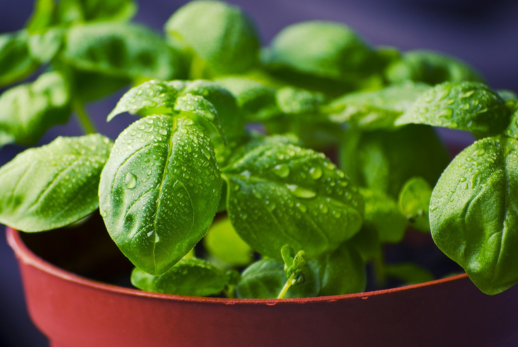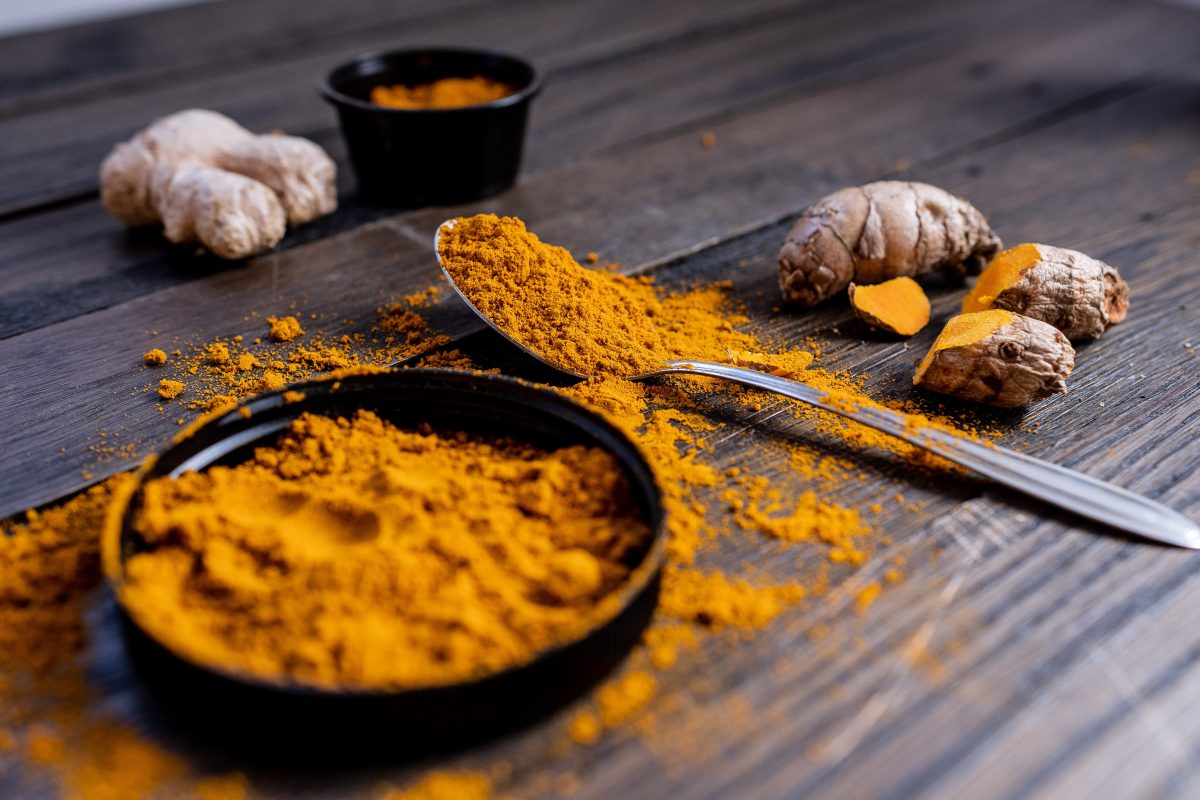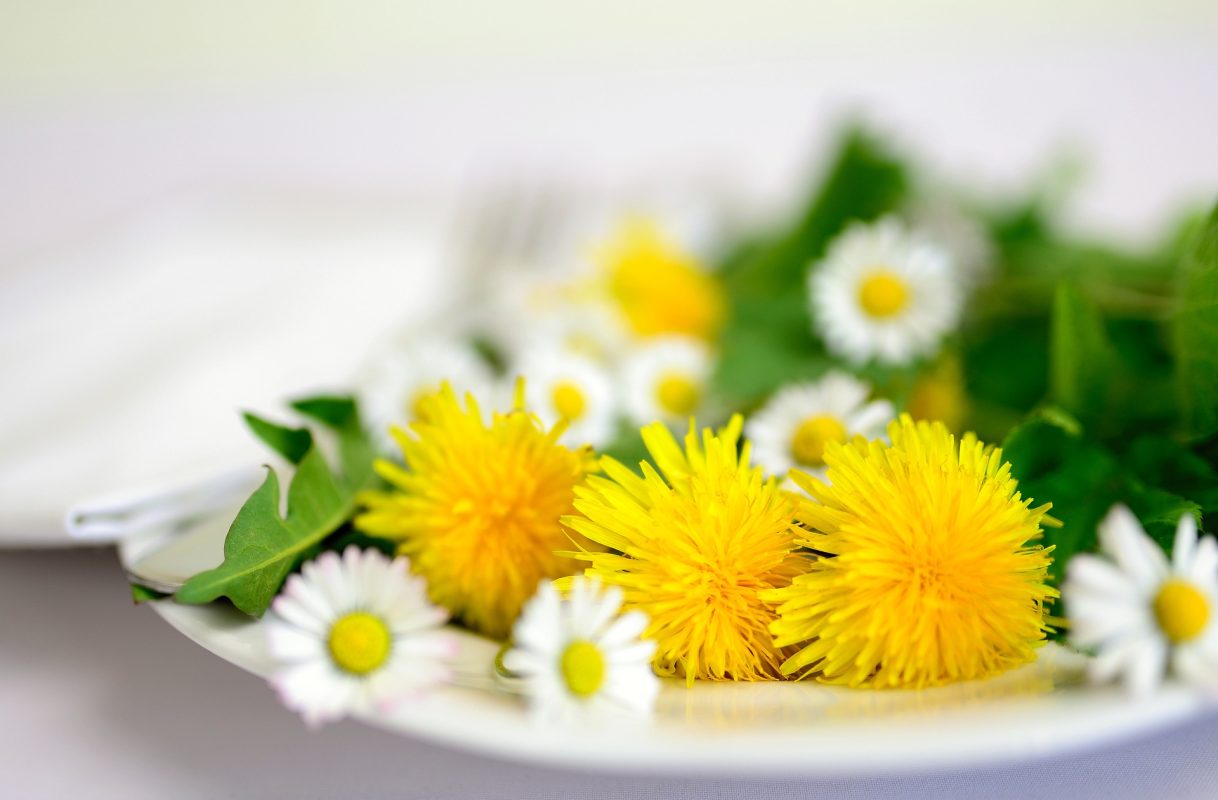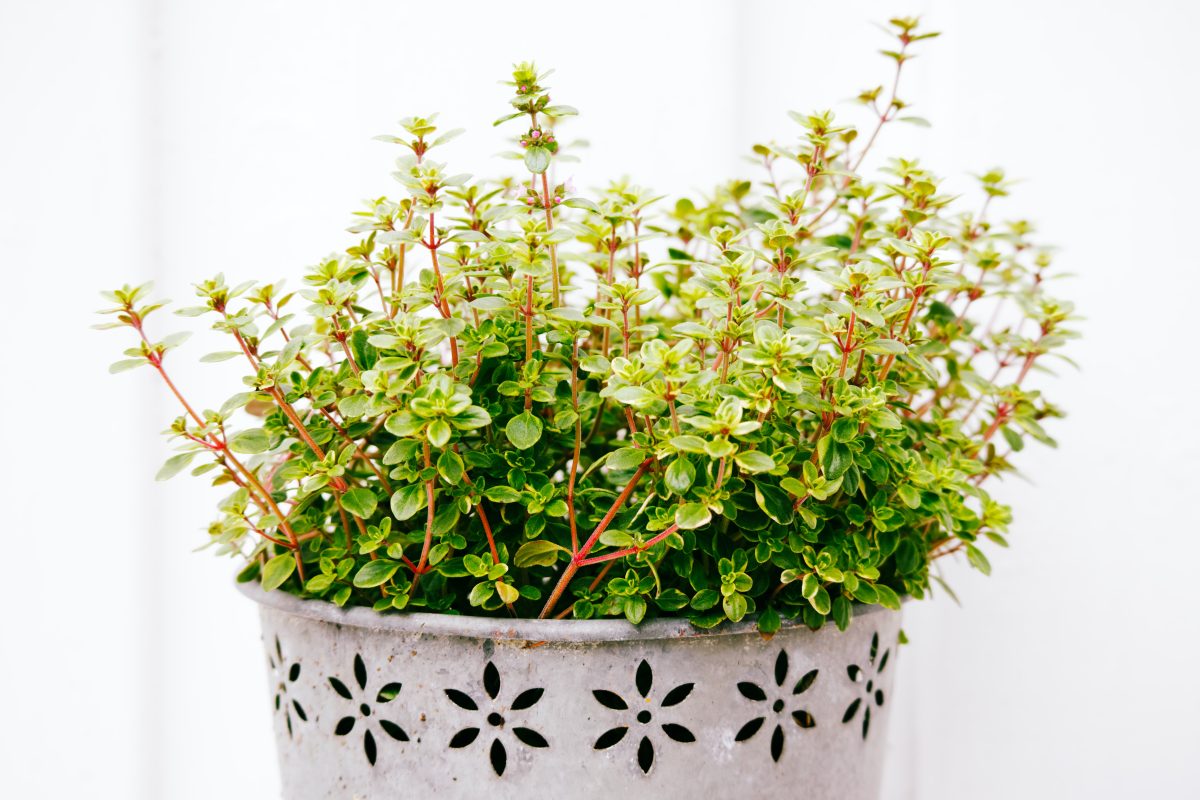Basil, a fragrant and versatile herb, is widely loved by gardeners and chefs alike. With its distinct aroma and culinary uses, it has become increasingly popular in home gardens.
In this article is a complete guide on growing basil, covering everything from putting it in the right spot to troubleshooting common issues. Whether you’re a seasoned gardener or a beginner, this guide will equip you with the knowledge and tips needed to successfully cultivate basil for your favorite pesto recipe.
Understanding Basil
Originating from tropical regions of Asia, particularly India and Southeast Asia, basil (Ocimum basilicum) belongs to the mint family, Lamiaceae. Over time, numerous varieties of basil have emerged, each with its own unique characteristics and flavors.
Some of the most common varieties include sweet basil, Thai basil, Genovese basil, lemon basil, and purple basil.

- Sweet Basil
- With its vibrant green leaves and mild, slightly peppery flavor, sweet basil is a popular choice for various dishes.
- Thai Basil
- On the other hand, thai basil features a strong anise or licorice-like flavor, which adds a distinct touch to Thai cuisine.
- Genovese Basil
- Known for its large leaves and intense aroma, genovese basil is widely used in Italian cuisine, particularly in classic dishes like Caprese salad and pesto sauce.
- Lemon Basil
- Lemon Basil offers a refreshing citrusy note, making it an excellent addition to salads, teas, and desserts.
- Purple Basil
- With its striking dark purple leaves, purple basil not only adds visual appeal to dishes but also has a milder flavor similar to sweet basil.
Culinary And Medicinal Uses Of Basil
Basil’s significance extends beyond its captivating aroma and taste. It plays an essential role in various culinary traditions and offers potential health benefits.
Culinary Uses
In Mediterranean cuisine, basil is a staple ingredient, enhancing the flavors of countless dishes. Whether it’s a traditional Caprese salad with fresh tomatoes, mozzarella, and basil leaves, or a homemade pesto sauce blended with basil, pine nuts, garlic, Parmesan cheese, and olive oil, sweet basil’s presence is unmistakable.
Medicinal Uses
In herbal medicine, basil is believed to aid digestion, alleviate stomach discomfort, and promote overall digestive health. Additionally, it is known for its stress-reducing properties, helping to calm the mind and alleviate anxiety.
Some studies suggest that basil may also support the immune system due to its potential antimicrobial and immunomodulatory effects.
Preparing For Cultivation
Basil thrives in warm and sunny environments, requiring at least 6-8 hours of direct sunlight per day.
Ensure you choose a location in your garden that receives ample sunlight throughout the day.
When it comes to temperature, basil prefers moderate to warm conditions, with an optimal range of 70-90°F (21-32°C), but soil temperatures need to be at least 50.
It’s essential to protect basil from cold drafts or frost, as it is sensitive to chilly temperatures.
Regarding soil, basil prefers well-drained, fertile soil with a slightly acidic to neutral pH level ranging from 6.0 to 7.5.
Before planting, it’s advisable to perform a soil test to assess the pH level and make necessary amendments to achieve the ideal range.

Preparing The Soil
- Soil Amendments
- Enhance the soil’s fertility and drainage by incorporating organic matter, such as compost or well-rotted manure. This enriches the soil with essential nutrients and improves its structure. Additionally, consider adding perlite or vermiculite to improve drainage in heavy clay soils.
- Drainage Considerations
- Basil prefers well-drained soil to prevent waterlogging, which can lead to root rot. If your garden has poor drainage, you can create raised beds or mounds to improve water flow. Alternatively, consider growing basil in containers with proper drainage holes.
Starting Basil From Seeds Or Cuttings
Sow basil seeds indoors 6-8 weeks before the last expected frost date in your area. Fill seed trays or pots with a seed-starting mix and lightly press the seeds into the soil surface.
Keep the soil consistently moist and provide warmth by placing the trays near a heat source or using a seedling heat mat. Once the seedlings have developed a few sets of true leaves, they can be transplanted into larger pots or directly into the garden.
Another method of propagating basil is through cuttings. Select healthy, non-flowering stems and cut them just below a leaf node. Remove the lower leaves, leaving only a few pairs at the top.
Place the cuttings in a glass of water, ensuring the nodes are submerged. After a couple of weeks, roots will develop. Once the roots are about an inch long, transfer the cuttings into pots or the garden.
Caring For Basil
If you plant on using your basil in the kitchen it’s advised to not use pesticides on the plants or plant them near roads or driveways.
Watering And Moisture Levels
- Watering Frequency
- Basil prefers consistently moist soil but is susceptible to root rot if over-watered. Water the plants deeply whenever the top inch of soil feels dry but avoid letting the soil become overly saturated.
- Watering Techniques
- It’s best to water basil at the base of the plants, avoiding wetting the leaves. Drip irrigation or soaker hoses can be beneficial in maintaining proper moisture levels while minimizing the risk of foliage diseases.
Fertilizing Basil
Basil is a moderately heavy feeder and benefits from regular fertilization. Providing sufficient nutrients promotes vigorous growth, increased leaf production, and enhanced flavor.
Apply the fertilizer according to the manufacturer’s instructions or incorporate well-decomposed compost or manure into the soil before planting.
Pruning And Harvesting Basil

Pruning basil is essential for promoting robust growth, maintaining plant health, and maximizing the yield of flavorful leaves.
Additionally, knowing when and how to harvest basil leaves ensures the best flavor and extends the productive life of the plant.
Harvest basil leaves once the plant has reached a mature stage and has enough foliage to sustain growth.
It is best to start harvesting when the plant has grown around 6-8 inches tall. Regular harvesting promotes continuous leaf production.
Troubleshooting Common Basil Problems
Common Pests And Diseases
- Pests
- Basil can be susceptible to pests like aphids, spider mites, and whiteflies. Monitor your plants regularly and act at the first sign of infestation. Consider using organic pest control methods such as insecticidal soaps, neem oil sprays, or introducing beneficial insects like ladybugs.
- Diseases
- Common diseases that affect basil include fungal infections like downy mildew and Fusarium wilt. To prevent these diseases, provide good air circulation, avoid overhead watering, and maintain proper spacing between plants. If necessary, treat affected plants with organic fungicides or sulfur-based products.




